
Body Size: 40, Thread: G, Port Size: 3/8, Mounting: None, Semi-Standard, Body Size 10: Nylon Bowl, Semi-Standard, Body Size 20: Flow Direction: Right to Left, Semi-Standard, Body Size 30, 40, 50 & 60: Standard
Body Size: 40, Thread: G, Port Size: 1/2, Mounting: None, Semi-Standard, Body Size 10: Nylon Bowl, Semi-Standard, Body Size 20: Flow Direction: Right to Left, Semi-Standard, Body Size 30, 40, 50 & 60: Standard
Body Size: 40, Thread: Rc (Rc: for Sizes 20~60; M5: for Size 10), Port Size: 1/2, Mounting: None, Semi-Standard, Body Size 10: Nylon Bowl, Semi-Standard, Body Size 20: Flow Direction: Right to Left, Semi-Standard, Body Size 30, 40, 50 & 60: Standard
Body Size: 40, Thread: Rc (Rc: for Sizes 20~60; M5: for Size 10), Port Size: 04 (1/2), Mounting: None, Semi-Standard, Body Size 10: 6 (Nylon Bowl), Semi-Standard, Body Size 20: R (Flow Direction: Right to Left), Semi-Standard, Body Size 30, 40, 50 & 60: Standard
Body Size: 40, Thread: F (G), Port Size: 04 (1/2), Mounting: None, Semi-Standard, Body Size 10: 6 (Nylon Bowl), Semi-Standard, Body Size 20: R (Flow Direction: Right to Left), Semi-Standard, Body Size 30, 40, 50 & 60: Standard
Case: [Resin] Polycarbonate Case, Drain Exhaust: -, Case Guard: -, Specification: Applicable part number: AL20-A, AL30-A, AL40-A, AL40-06-A, AL50-A, AL60-A, Type: Sight dome assembly
As the AL430 and AL40 differ as described above, select a model based on the operating environment and desired application.
As the AL430 and AL40 differ as described above, select a model based on the operating environment and desired application.
Case: -, Drain Exhaust: -, Case Guard: -, Specification: Applicable part number: AL40-A, AL40-06-A, AL50-A, AL60-A, Type: Lubrication plug assembly
Case: [Metal] Metal case, Drain Exhaust: [Not Provided] No Drain Cock, Case Guard: With level gauge, Specification: Applicable part number: AL40-A, AL40-06-A, AL50-A, AL60-A, Type: Case assembly
Case: [Metal] Metal case, Drain Exhaust: [Manual] With Drain Cock, Case Guard: With level gauge, Specification: Applicable part number: AL40-A, AL40-06-A, AL50-A, AL60-A, Type: Case assembly
Case: [Metal] Metal case, Drain Exhaust: [Not Provided] No Drain Cock, Case Guard: None, Specification: Applicable part number: AL40-A, AL40-06-A, AL50-A, AL60-A, Type: Case assembly
Case: [Resin] Polycarbonate Case, Drain Exhaust: [Manual] With Drain Cock, Case Guard: With bowl guard, Specification: Applicable part number: AL40-A, AL40-06-A, AL50-A, AL60-A, Type: Case assembly
Case: [Resin] Polycarbonate Case, Drain Exhaust: [Manual] With Drain Cock, Barb Fitting, Case Guard: With bowl guard, Specification: Applicable part number: AL40-A, AL40-06-A, AL50-A, AL60-A, Type: Case assembly
Case: [Nylon] Nylon Case, Drain Exhaust: [Not Provided] No Drain Cock, Case Guard: With bowl guard, Specification: Applicable part number: AL40-A, AL40-06-A, AL50-A, AL60-A, Type: Case assembly
Case: [Metal] Metal case, Drain Exhaust: [Manual] With Drain Cock, Case Guard: None, Specification: Applicable part number: AL40-A, AL40-06-A, AL50-A, AL60-A, Type: Case assembly
Case: [Nylon] Nylon Case, Drain Exhaust: [Manual] With Drain Cock, Case Guard: With bowl guard, Specification: Applicable part number: AL40-A, AL40-06-A, AL50-A, AL60-A, Type: Case assembly
Case: [Nylon] Nylon Case, Drain Exhaust: [Manual] With Drain Cock, Barb Fitting, Case Guard: With bowl guard, Specification: Applicable part number: AL40-A, AL40-06-A, AL50-A, AL60-A, Type: Case assembly
Case: [Resin] Polycarbonate Case, Drain Exhaust: [Not Provided] No Drain Cock, Case Guard: With bowl guard, Specification: Applicable part number: AL40-A, AL40-06-A, AL50-A, AL60-A, Type: Case assembly
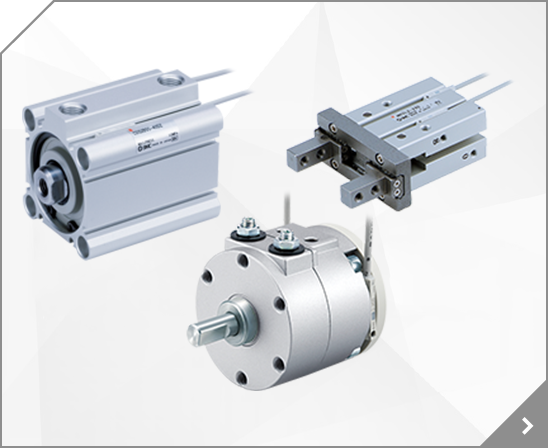
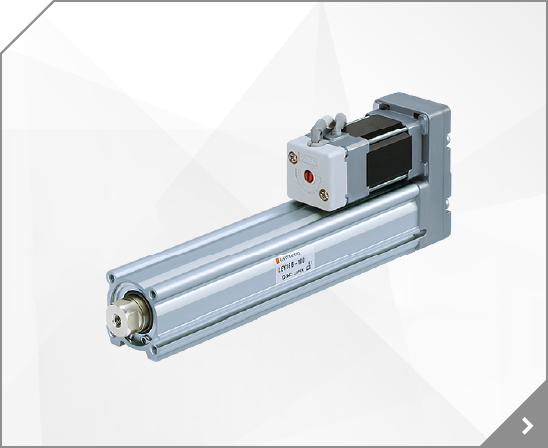
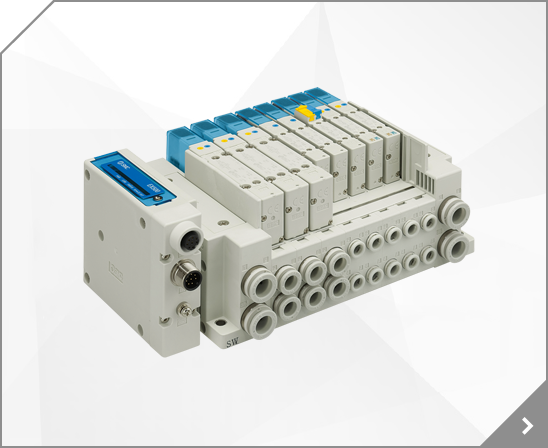
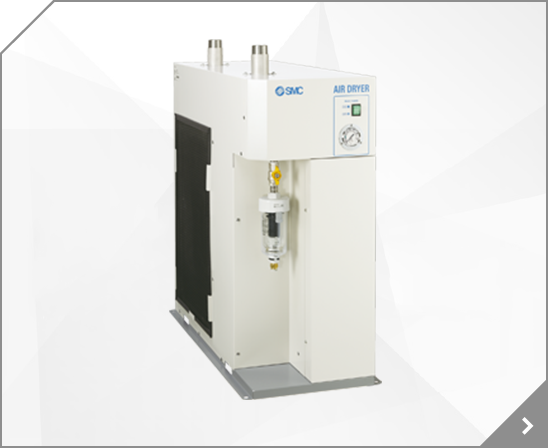
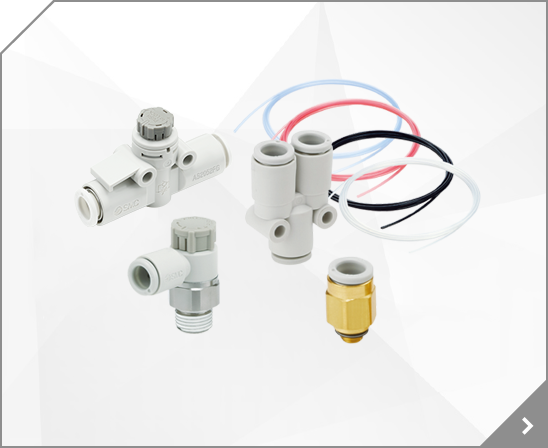
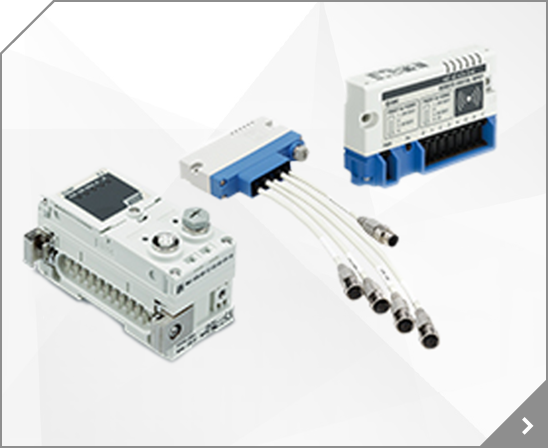
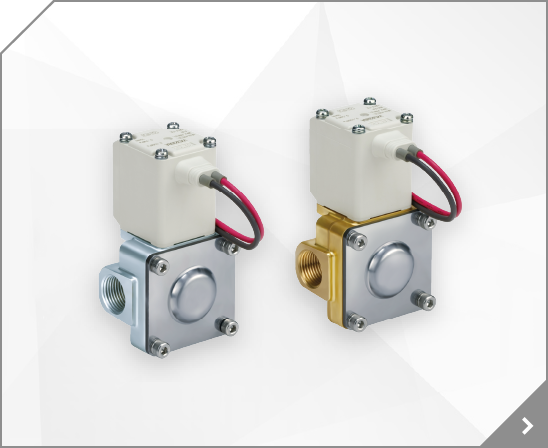
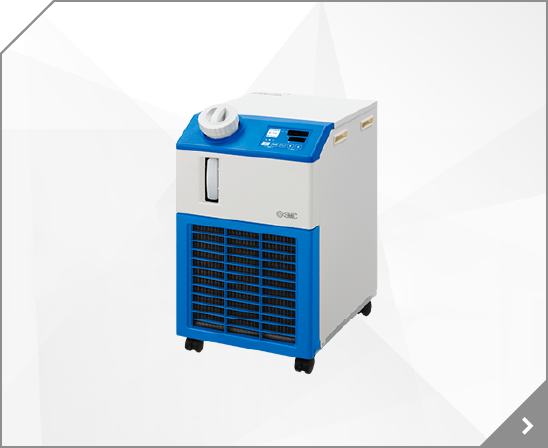
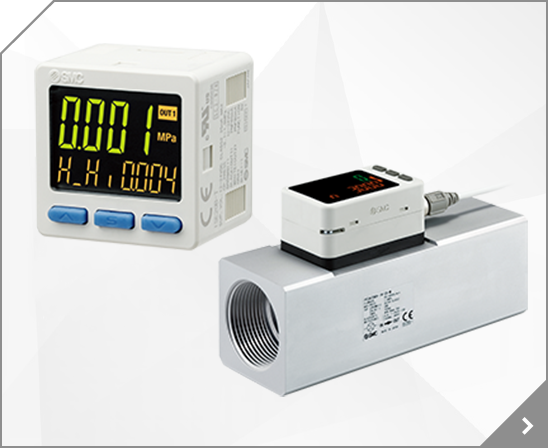
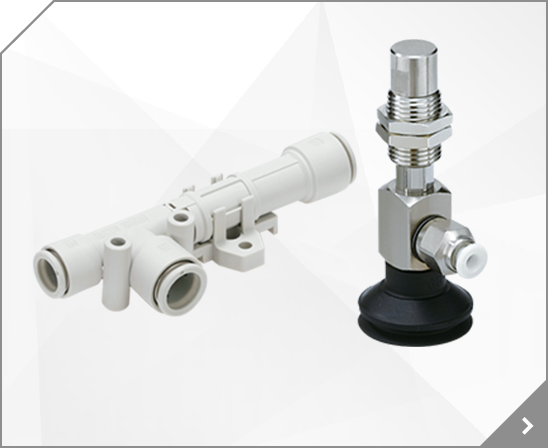

 HRL
HRL